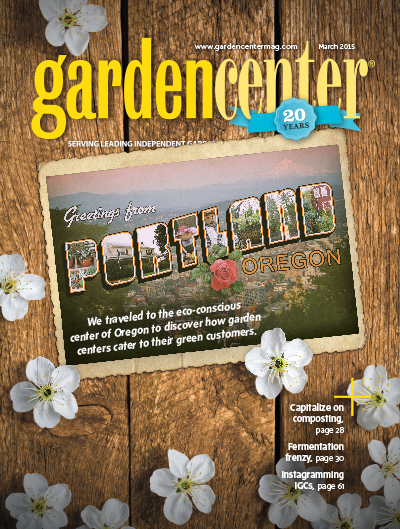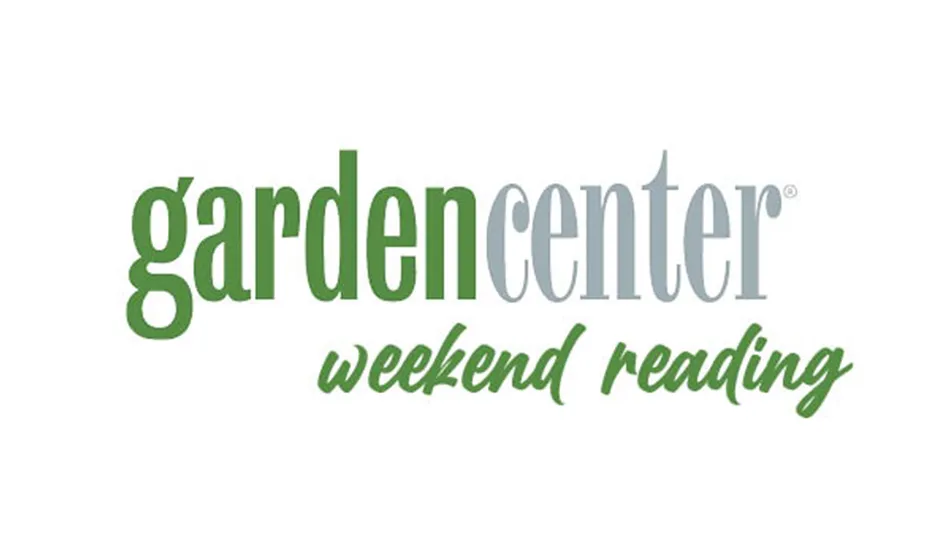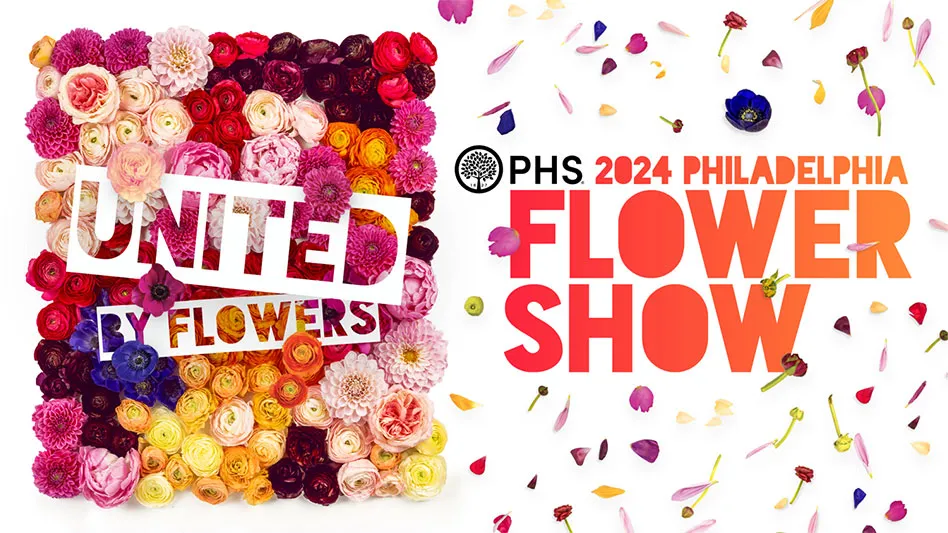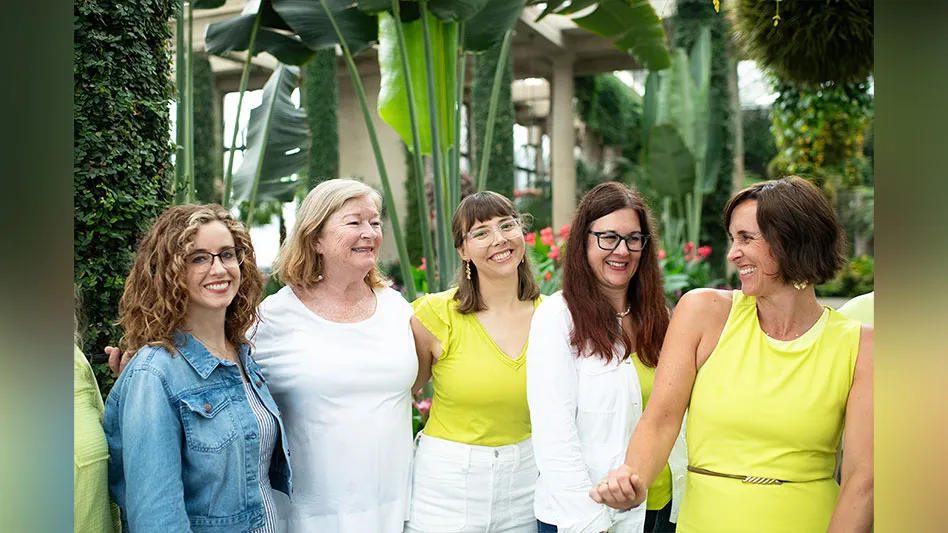 Pink plastic flamingos have flown in and out of relevance since they hit the market in 1958. The aptly named inventor, Don Featherstone, created other garden ornaments, such as ducks and boys with dogs, but the tropical bird struck a chord that has continued to reverberate through pop culture for more than 50 years. Now the famous yard stake comes in different styles and colors and has applications beyond lawn art. For example, Fossil recently placed a tangerine-colored flamingo among its beachy-hued handbags, clutches and totes in mall window displays.
Pink plastic flamingos have flown in and out of relevance since they hit the market in 1958. The aptly named inventor, Don Featherstone, created other garden ornaments, such as ducks and boys with dogs, but the tropical bird struck a chord that has continued to reverberate through pop culture for more than 50 years. Now the famous yard stake comes in different styles and colors and has applications beyond lawn art. For example, Fossil recently placed a tangerine-colored flamingo among its beachy-hued handbags, clutches and totes in mall window displays.
The tacky yet beloved avian art illustrates the evolution of garden ornaments, and how some trends make a comeback. In the December 1995 issue of Garden Center Merchandising & Management magazine, the name when the publication was launched 20 years ago, the staff compiled its list of 96 trends for 1996. Though concrete or stone geese had been on the market for some time, sales were starting to heat up. “Call them contemporary garden art or cousins of the plastic pink flamingo. Either way, the geese are selling (especially in the Northeast and Midwest.) Henri Studio Inc. in Wauconda, Ill., even sells clothes for them,” the staff wrote.
Though experts in the garden center industry couldn’t say whether those geese would return to doorsteps, they did weigh in on other garden ornament trends from two decades ago to now.
New materials breathe new life into old fads
Pink plastic flamingos aren’t the only décor items that have resurfaced in popularity.
John Hoerst, merchandising manager and buyer for home and holiday at Chalet Nursery in Wilmette, Ill., says he was surprised when gazing glass globes started selling again.
Manufacturers once primarily made globes using reflective, mirrored glass, but the variety of materials has expanded, says Jill Brady Ford, vice president of leasing for the AmericasMart Gardens and the outdoor living category. Ford helped launch The Gardens at the Atlanta market more than 20 years ago.
“Lots of manufacturers were doing them, retailers were asking for them, and they could be glass, they could be metal, large, small, they didn’t care,” says Ford. “They might be up on a pedestal or you could just put them in the yard. Some went in a big pot with a plant. And it wasn’t even just lawn and garden related companies selling them. A lot of gift and décor companies were making them.”
Gazing balls have become more sophisticated and are often created using artisan glass, Ford says. Reflective glass is also used to create mosaic patterns.
Materials have also changed in the statuary category, Ford says.
“There was a period of time when bronze statues and ornaments were very popular, but resin has taken over,” Ford says. “It’s easier to ship, and it’s not as costly as far as material goes.”

Indoor décor reflects outdoor choices
Garden centers were just beginning to consider furniture as a major category 20 years ago, according to an article titled “Furniture: A new venture for garden centers,” published in the March 1995 issue of Garden Center Merchandising & Management. Now, people want to convert their outdoor spaces into living and entertaining areas, complete with kitchens and more, and the trend is driving design, patterns and colors in garden ornaments.
“I hate to give them credit, but [I attribute some of it to] the DIY home and gardening shows,” Hoerst says. “People were more exposed to what could be done. And [during] the recession is when I really saw it. People said, ‘I’m not going to put money in a vacation, I’m going to sink it into my home and enjoy our summer all year long instead of putting all of the money into a week’s vacation.”
 Indoor décor trends are moving toward a combination of bright, bold hues, and tame, modern geometric patterns. And outdoor embellishments are following suit, says Hoerst. “Patterns reflect fashion. Before patterns were more botanical, with palm tree leaves or flowers,” he says. “There are lots of stripes, and chevron is big.”
Indoor décor trends are moving toward a combination of bright, bold hues, and tame, modern geometric patterns. And outdoor embellishments are following suit, says Hoerst. “Patterns reflect fashion. Before patterns were more botanical, with palm tree leaves or flowers,” he says. “There are lots of stripes, and chevron is big.”
Neutrals are common, as is aqua and other blue hues, added Hoerst. Ford echoed this sentiment: Stone and pottery crafters are “dabbling in turquoise,” and fashion inspires garden décor colors. The Pantone colors of the year for example, most recently marsala in 2015, are seen in items throughout The Gardens at AmericasMart.
To complete that living-room look, people are adorning their patio sets with outdoor rugs and nearby walls with weather-resistant art. Popular shapes and animals like apples, owls and foxes are also livening up indoor and outdoor living rooms alike, Ford says.
‘Light years ahead’
The evolution of lighting in garden décor is all about LED. Everything from rope and Christmas lights to landscape lighting uses LED technology, Ford said.
“We’re light years ahead of where we were years ago with outdoor lighting,” Ford says. “Even our fountain between our two floors [in The Gardens at AmericasMart] uses LED lights. Eventually you’re not going to be able to buy a watt light bulb in your house; they’re all going to be LED.”
Another lighting option that has grown since 1995 is solar, Hoerst says.
“I didn’t think solar lights would catch on as much as they have, but with solar light improving, I see potential in it getting bigger,” he says. “The technology is getting better, the color of the lights and the quality of the products are better.”
Fairy gardens, another trend that has exploded in the past 20 years, are even incorporating solar and LED lighting to bring the miniature houses to life. (Read more about fairy garden trends on page 90 of the January issue of Garden Center.)

Elements of a garden
Garden tabletops were once adorned with fountains, but Ford says now people want fire instead of water as their centerpieces.
Hoerst says all fountains, even the tabletop sizes, are selling well at Chalet. The big change he’s seen is the declining interest in backyard water gardening.
“Water gardening was really popular 10 years ago, but I think people saw the involvement and effort you have to put in to a water garden,” Hoerst says. “So it’s gotten simpler. Everyone wants to hear the sound of water, but now it may be through a tabletop fountain or a bird fountain versus the pond waterfall.”
Sound is an important element in gardens. Wind chimes have hung in there the whole time,”Hoerst says. Movement is another desire of gardeners, and he’s seen the popularity of spinners surge recently. After working in the industry for more than 25 years, Hoerst says, the big difference between garden ornaments now versus 20 years ago is the sophistication.
“When I was getting started, banners and stakes, are what you bought for a garden accent. It was a flag to put in your yard or in your house and tacky token animal stakes,” he says. “Now, that doesn’t cut it anymore.”

Explore the March 2015 Issue
Check out more from this issue and find you next story to read.
Latest from Garden Center
- Weekend Reading 5/17/24
- GardenComm 2024 Annual Conference registration is open
- Landmark Plastic celebrates 40 years
- Proven Winners introduces more than 100 new varieties for 2025
- Weekend Reading 5/10/24
- The Family Business, Part 2: Agreeing (and disagreeing) on capital investments
- Registration opens for Darwin Perennials Day
- Weekend Reading 5/3/24





